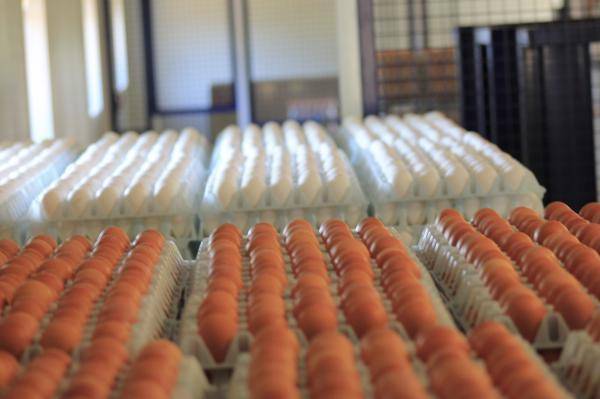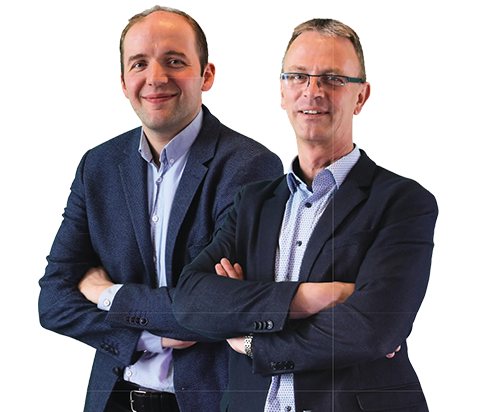Laying hens are being kept longer and longer, possibly up to 100 weeks of laying. When laying hens are kept longer, a number of bottlenecks are also identified, such as reduced eggshell and bone quality. Ca metabolism plays an important role in this issue. To maximise Ca absorption from the intestine, the level of 25-OH vit D3 in the blood must be sufficiently high. This is only possible with the use of a better available form of vitamin D3, in particular Rovimix HyD. Using Rovimix HyD in the rearing and laying phase leads to increased bone volume and higher Ca reserve, improved eggshell quality and higher nutritional value of the egg.
Laying hens can be kept laying for longer: now they are often kept for 75-80 weeks, but in the future they may be kept up to 100 weeks of age. Keeping laying hens for longer benefits the durability of the layer industry.
However, with the extended laying cycle, a number of bottlenecks are also identified: decreasing laying percentages, reduced egg and bone quality, health and wellbeing problems. The main bottleneck in older laying hens is the reduced quality of the eggshell, as a result of which the eggs can no longer be sold as table eggs, resulting in reduced economic valuation of the egg.
To improve eggshell and bone quality, Ca absorption from the intestine should be maximised. Ca absorption from the intestine is controlled by the level of 25-OH vit D3 in the blood plasma. In order to increase these levels in the blood plasma, one option is to use a better available source of vitamin D3, in particular Rovimix HyD (25-OH-vitamin D3). The use of 50%/50% 25-OH-vit D3/vit D3 results in 2.5 times higher levels of 25-OH vit D3 in the blood plasma, on average.
- The use of 25-OH-vit D3 in the rearing period of laying hens leads to faster bone growth and higher bone volume at the age of 17 weeks. Further application of 37.5 µg of 25-OH-vit D3 / kg of food in the laying phase results in higher mineral content in the bones. This has the practical consequence that the bones contain a higher Ca reserve, so that the laying hens can use these reserves at a later age for the production of eggshells. Skeleton integrity is preserved in these older laying hens, so that they suffer less from osteoporosis and other bone defects.
- The use of Rovimix HyD also ensures better eggshell quality and fewer hairline cracks, which increases the number of marketable eggs. It is important, at all times, to provide supplementation of this source of vit D3 from the start of the laying period in order to maximise the Ca absorption from the intestine and to prevent Ca deficits resulting in eggshell failure.
- Finally, the use of 25-OH vit D3 ensures a higher concentration of vitamin D in the egg, which increases the nutritional value of the egg. Consuming HyD-enriched eggs improves the vitamin D3 status of the consumer, with positive effects on general health.
The recommended dosage for rearing and laying hens is 1,500 IU vit D3 / kg feed and 37.5 µg 25-OH-vit D3 / kg feed.
For more detailed information, please consult your contact at DSM Nutritional Products or Twilmij.
ir. A. Vandeweghe - poultry nutritionist at DSM Nutritional Products


